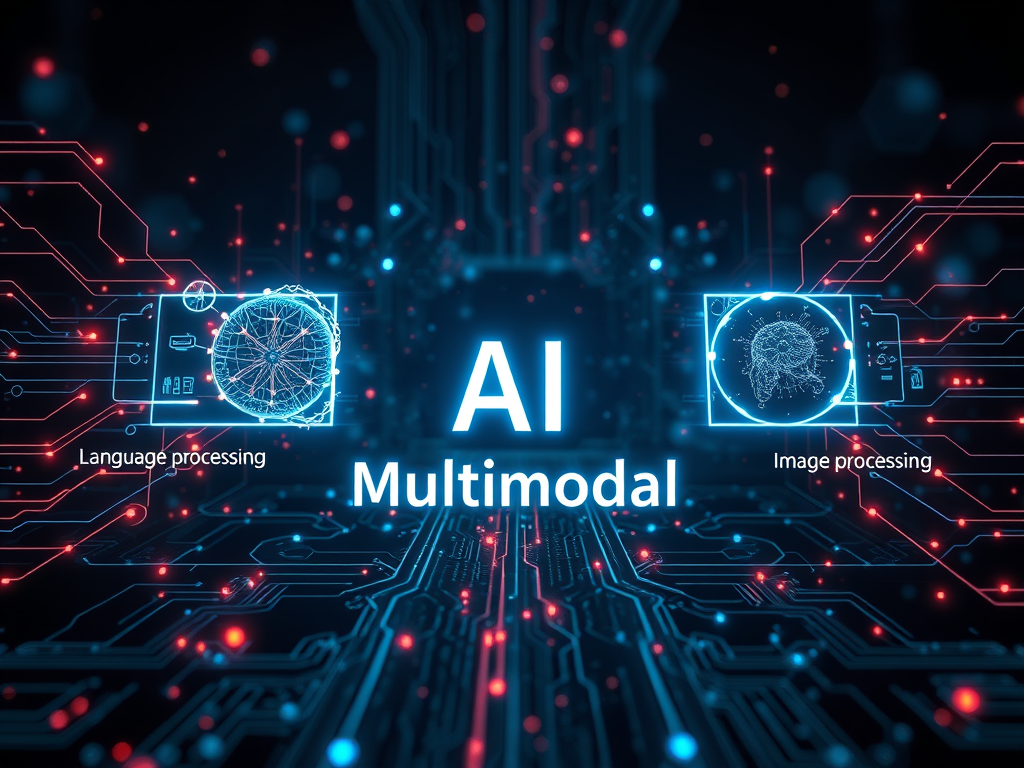In the rapidly evolving landscape of artificial intelligence, new state-of-the-art models emerge almost daily as we enter 2025. While many providers argue for a winner-takes-all future dominated by a single artificial general intelligence (AGI) model, evidence suggests a different path: a multi-model future where specialization and diversity reign supreme.
The AI landscape has shifted dramatically in just eighteen months. Most major businesses have moved from relying on a single AI model to embracing multiple models, driven by concerns about vendor lock-in and the need for diverse capabilities. This trend challenges the notion that AI will consolidate around one supreme model.
Language models are increasingly becoming what economists call “fuzzy commodities.” They’re standardized and interchangeable for many basic tasks, yet they show distinct specialization at the edges of their capabilities. For instance, Deepseek-V2.5 outperforms GPT-4 in C# coding despite being smaller and significantly cheaper. This dynamic of commoditization for core tasks and specialization for specific use cases suggests that no single model will dominate all applications.

The human brain offers an insightful analogy. While human brains share fundamental similarities, the development of language and communication allowed for specialization and networking, leading to unprecedented collective capabilities. Similarly, AI systems are likely to evolve toward specialized networks rather than monolithic structures.
This trend toward specialization follows a natural pattern observed across various domains, from molecular chemistry to human society. Distributed systems consistently prove more computationally efficient than monolithic ones when dealing with diverse inputs. The future of AI lies in effectively routing queries to the most suitable models while using faster, cheaper options when appropriate.
The power of routing is already evident in today’s leading models, which often use Mixture of Expert architectures to direct tasks to specialized sub-models. As language models continue to proliferate and specialize, sophisticated routing systems will become crucial for maximizing efficiency and effectiveness.

Importantly, model fragmentation benefits the entire AI ecosystem. Fragmented markets tend to be more efficient, fostering innovation, reducing costs, and empowering buyers. Moreover, networks of smaller, specialized models offer greater safety, interpretability, and control compared to single massive models.
Unlike platforms such as AWS or iPhone that have reached relative stability, AI capabilities continue to expand exponentially. As these capabilities surpass human-level intelligence, the trend toward specialization and fragmentation will likely accelerate, following patterns observed in natural systems.
The future of AI won’t be dominated by a single model but will thrive through the collaborative power of multiple specialized models. Like electricity or computing, AI’s greatest impact will come not from centralized control but from distributed innovation and specialization.


Leave a Reply